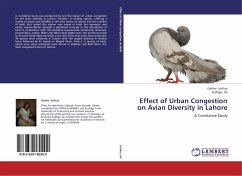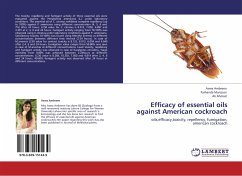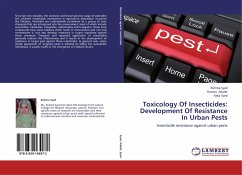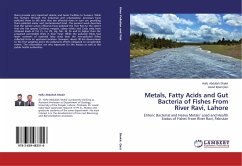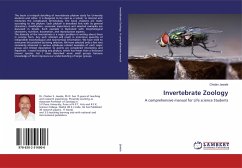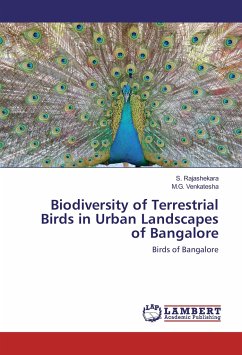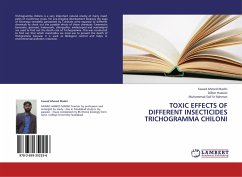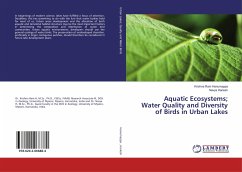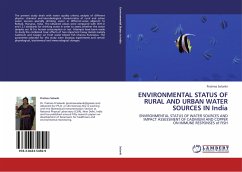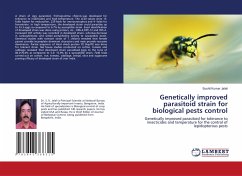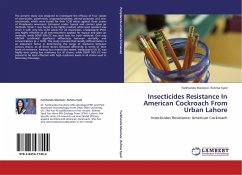
Insecticides Resistance In American Cockroach From Urban Lahore
Insecticides Resistance: American Cockroach
Versandkostenfrei!
Versandfertig in 6-10 Tagen
39,99 €
inkl. MwSt.

PAYBACK Punkte
20 °P sammeln!
The present study was designed to investigate the efficacy of four classes of insecticides: pyrethroids, organophosphates, phenyl-pyrazoles and neo-nicotenoids, which were tested for their LC50 values against three strains of Periplaneta americana (Linnaeus) under topical and contact glass jar methods. Strain 1 was found to be highly resistant while least resistant was strain 3 with very low LC50 values for all insecticides. Imidacloprid 5%SC was highly effective at all concentrations applied for topical and glass jar methods, while DDVP 50% EC was least toxic for both methods. One way ANOVA c...
The present study was designed to investigate the efficacy of four classes of insecticides: pyrethroids, organophosphates, phenyl-pyrazoles and neo-nicotenoids, which were tested for their LC50 values against three strains of Periplaneta americana (Linnaeus) under topical and contact glass jar methods. Strain 1 was found to be highly resistant while least resistant was strain 3 with very low LC50 values for all insecticides. Imidacloprid 5%SC was highly effective at all concentrations applied for topical and glass jar methods, while DDVP 50% EC was least toxic for both methods. One way ANOVA confirmed significant differences between mortality and concentrations (p 0.05). This study revealed that locality differentiation is an important factor in determining the range of resistance between various strains, as all three strains behaved differently in terms of their levels of resistance. Among four insecticides tested, imidacloprid 5% SC was highly toxic giving low resistance for all strains, while DDVP 50% EC was proved to be least effective with high resistance levels in all strains used in laboratory bioassays.



